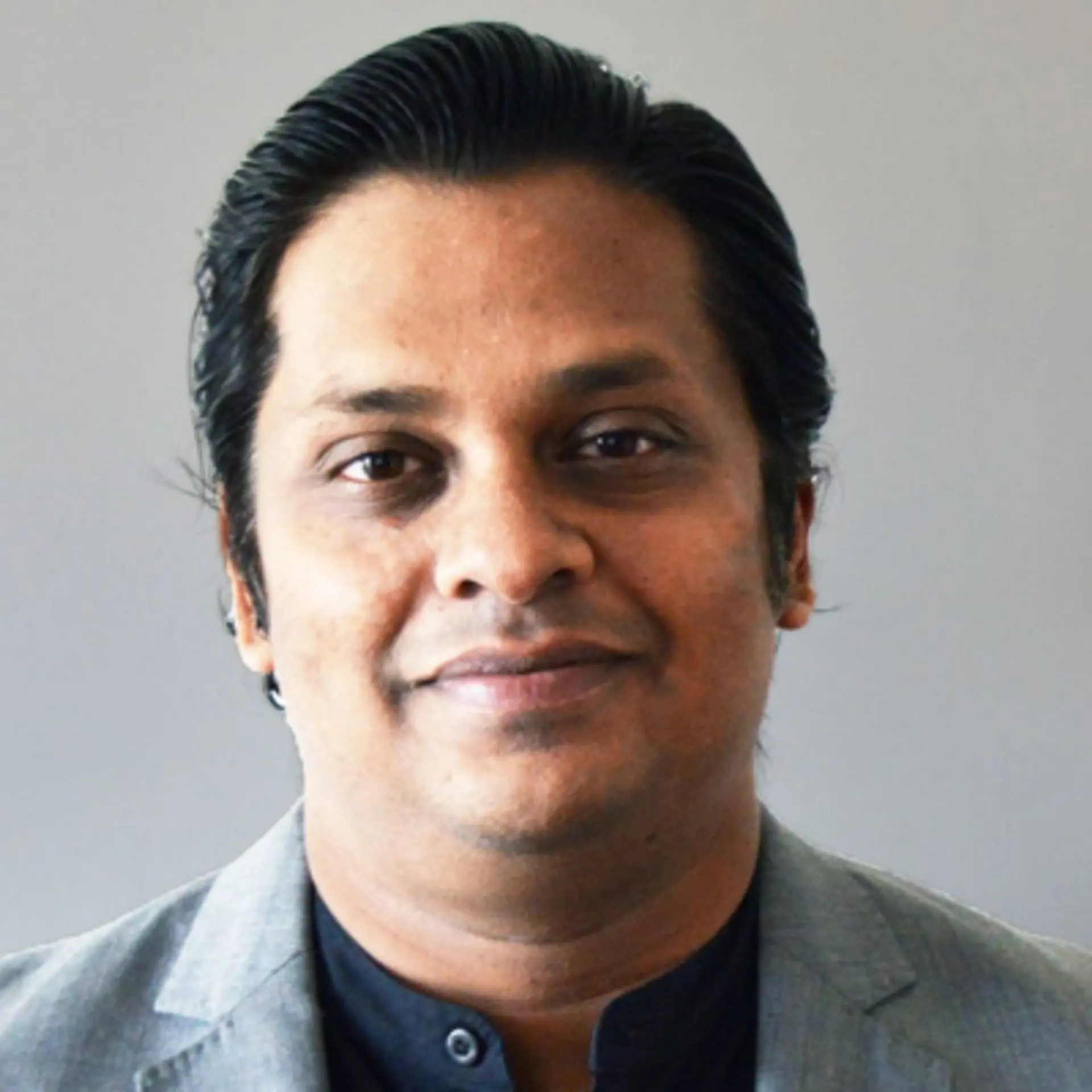How tech, new business models could change cab industry, make short rides free
Can technology and new-age piggybackers change the landscape of cab aggregators and ridesharing platforms?
“Technology is anything that was invented after you were born, everything else is just stuff.”
— Alan Kay, computer scientist.
Almost every generation goes through a technological revolution, where newer and more elegant solutions make routine ways of doing tasks completely obsolete or irrelevant, to an extent. Millennials are generally early adopters of new technologies, while older folks often follow on grudgingly, not keen to let go of the systems they are already comfortable with.
The pre-teen population of every generation generally adopts new technology almost instinctively, as it has no 'mental baggage’ and considers new technologies to be the standard process of doing things. But time and tide, and now the steady march of technology, seem to wait for none.
The Fourth Industrial Revolution?
A report from the World Economic Forum (WEF) notes that the First Industrial Revolution used water and steam power to mechanise production. The second used electric power to create mass production. The third used electronics and information technology to automate production. Now, a Fourth Industrial Revolution is upon us, building on the third. This one is predicted to disrupt business models and decentralise our economies as we move from value-system-based on ownership to ones enabling access.
The belief is that personally owned assets, from cars to spare bedrooms, will be part of the ‘shared economy’, and will expand entrepreneurship and diversify revenue streams. We have already seen some of this in action. Cab aggregating services like Uber, Lyft, Ola, Didi, and Grab have changed the world of transportation.
But now, connected cars, autonomous vehicles, and flying cars seem to be where the next quantum leap lies. YourStory referred to industry reports and reached out to Uber India and Ola, an international player in the in-cab entertainment space, and a legacy advertising player in India for this story. Let us take a deep-dive into how the cab space is evolving.

Could short-distance cab rides be free in the near future?
Sharing a cab is good for the environment, and also helps cabbies and cab aggregators maximise earnings. Uber India recently announced a flat rate of Rs 29 for up to four kilometres of travel on their UberPool platform.
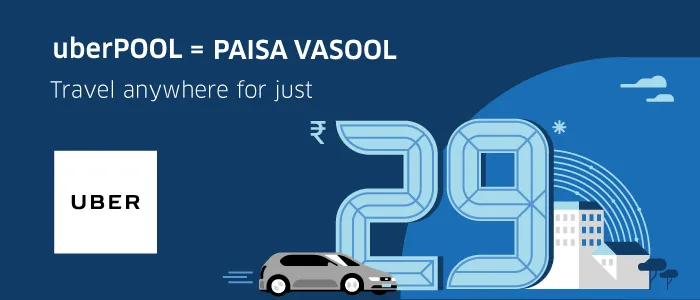
Ola too announced a similar offering for Ola Auto rides in December 2016, and recently announced plans priced between Rs 39 to Rs 50 for up to seven km in cities like Delhi, Bengaluru, and Mumbai, for a limited time.
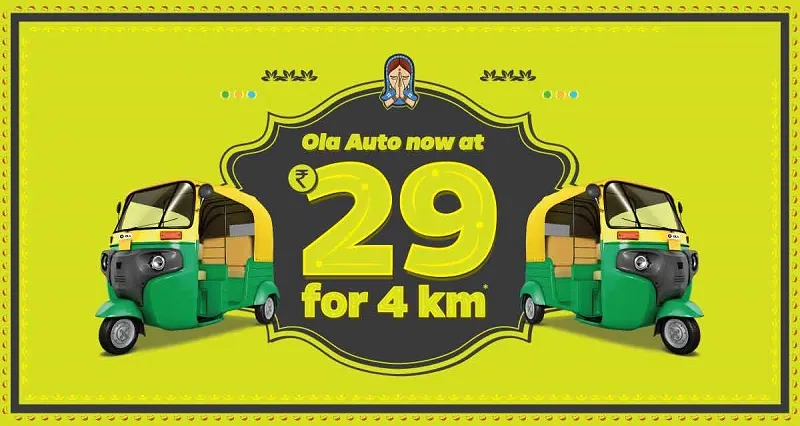
While these prices are already quite low, James Bellefeuille, Founder of Vugo, believes that short-distance cab rides could in fact become free for end consumers in the near future. Headquartered in Minneapolis, Minnesota, Vugo is a cloud-based B2B mobility media platform that provides an in-cab content-play experience to passengers of rideshare platforms like Uber and Lyft in the US.
James was recently in India on a personal trip and spoke to YourStory over the phone about his journey and how he sees the cab space evolving in the US and emerging markets like India. In 2011, James was working at an ad agency during the day, and moonlighted as one of the first Uber drivers in Chicago. He would generally recommend restaurants and places to visit to his passengers, but didn’t see many of them paying much interest to his recommendations. Then, he tried a different approach. He began sharing brochures of places or menus from restaurants with his passengers, and found that a visual aid created more interest and impact.
He realised that there was a big market that could be tapped here, by providing riders with personalised recommendations and content. So, along with his co-founders, James launched Vugo in June of 2015, and now has over 10,000 drivers in the United States across multiple rideshare platforms like Uber and Lyft on their platform.
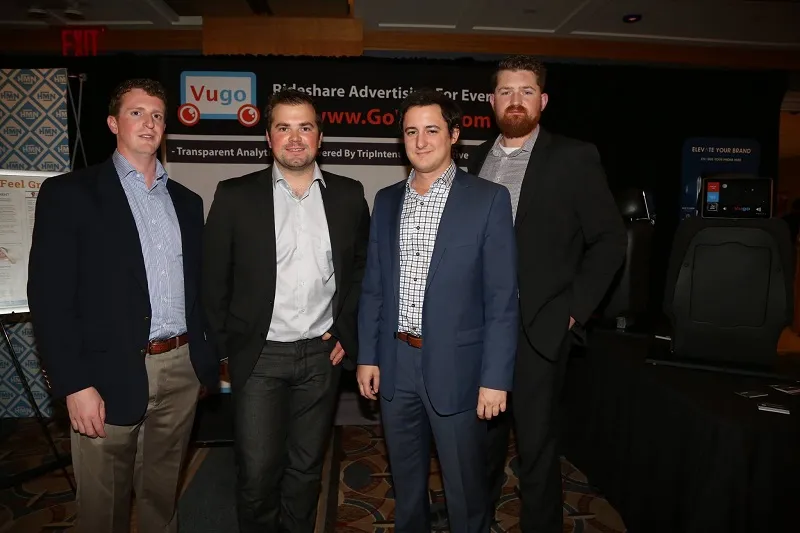
'Netflix and ride'?
Vugo works with brands to stream custom content on tablets that are fitted in cabs. They also share the revenue with cabbies, serving as an additional source of income to them. James said,
A typical Vugo advertisement is a 30 second-long video; it's targeted using our data-driven TripIntent Technology, which ensures that ads are relevant and contextual to a passenger's trip.
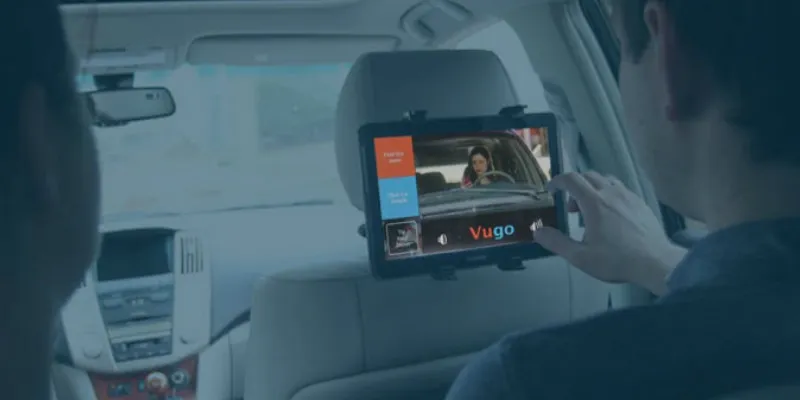
James noted that advertisements on Vugo are fully-interactive, and that they allow advertisers to measure success through advertising analytics. Also, only 50 percent or less of a trip is generally dedicated to advertisements. They have partnered with one of the world’s largest content right holders, who provide Vugo with access to premium content like news, weather, sports, and TV shows for riders to consume during the rest of the ride. Vugo is currently only available in the United States, but is seeking automakers and rideshare partners internationally.
Media Ant, an online platform for media buying, offers traditional options like advertising in magazines, newspapers, and airports, as well as in non-traditional platforms, one of which is cabs. YourStory spoke to Samir Chaudhary, Client Servicing Head, to understand Media Ant’s perspective on their in-cab experiments with advertising.
Samir said that they got the idea from a similar service that has been operational among New York City taxis, and decided to try out this model in Gurgaon. So, with TV-equipped cabs, Media Ant has been running pilot operations for about six months, giving riders entertainment options and also serving them context-based ads based on the cabs geo-location. Ads can range from property developers in the area to restaurants nearby. Samir noted,
This model helps because the same space can be shared by multiple ad providers. In the traditional model, where cabs are generally pasted with posters or stickers, only one provider can take up a slot, and there are printing costs involved.
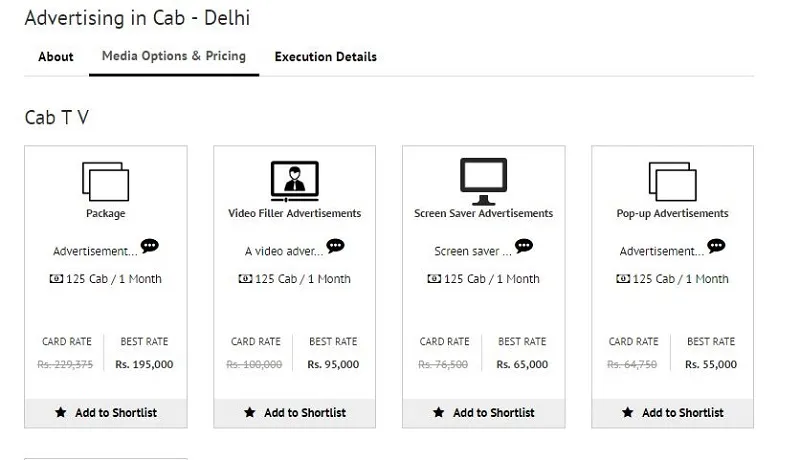
To help brands close the deal and also measure ROI, Media Ant provides riders with custom coupon codes to redeem offers. On being asked, Samir admitted that tablets with a touch interface would help close the deals in a more convenient way, but these devices also come with a higher upfront cost. Media Ant has deployed these solutions across Meru Cabs, Mega Cabs and Easy Cab in Gurgaon. On their website, Media Ant notes that this facility is not available on Ola and Uber, as they don't permit advertising.
Ola recently launched Ola Play, a connected cab ecosystem, which currently lets riders stream and consume content during their cab rides. But so far, it hasn’t engaged in active advertising on the platform. Ankit Jain, Senior Director, Ola Play, spoke to YourStory about Ola’s views on this space and their long term plans to leverage Ola Play for the benefit of riders and their driver partners. More on this a little later. YourStory had also reached out to Uber India representatives, but they declined to comment for this story.
Alternate revenue models to facilitate free cab rides
James believes that autonomous vehicles are a real possibility in the future in the US, and says that they could bring down the cost of cab rides to below $0.25 per mile. (This roughly works out to Rs 16 for 1.6 km). He cited a recent study by The University of Texas at Austin, which quotes Larry Burns, former Head of Research at GM.
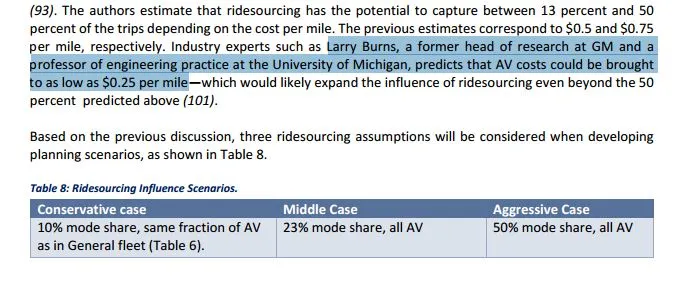
As a direct result of this, James notes,
Once this occurs, the unit economics of short trips allow for those trips to be monetised via alternative revenue sources like advertising and data.
While some riders may not mind being subjected to some advertising for a free ride, others may. So, future cab rides may include options like ‘Take a free ad-supported ride’ or ‘Pay fare for an ad-free experience’.
At this stage, Vugo and Media pushes ads based on trip intent and Media Ant relies mainly on GPS location, but not based on a customer’s profile, as they don’t really have access to them at this stage. Getting access to a customer’s ride history could help ad-tech companies provide more custom ad options and also result in higher conversions. This is where full-stack players like Ola could come in.
How connected vehicles could improve the overall experience
YourStory had earlier reviewed Ola’s connect cab ecosystem, Ola Play, and shared the experience from the point of view of an end customer. Ola has partnered with brands like Apple Music and Sony Liv, among other content partners, to provide audio and visual content to its riders. Ola also provides custom playlists on occasions and also tweaks content based on geography: For example, listeners in Bengaluru can access regional playlists in Kannada.
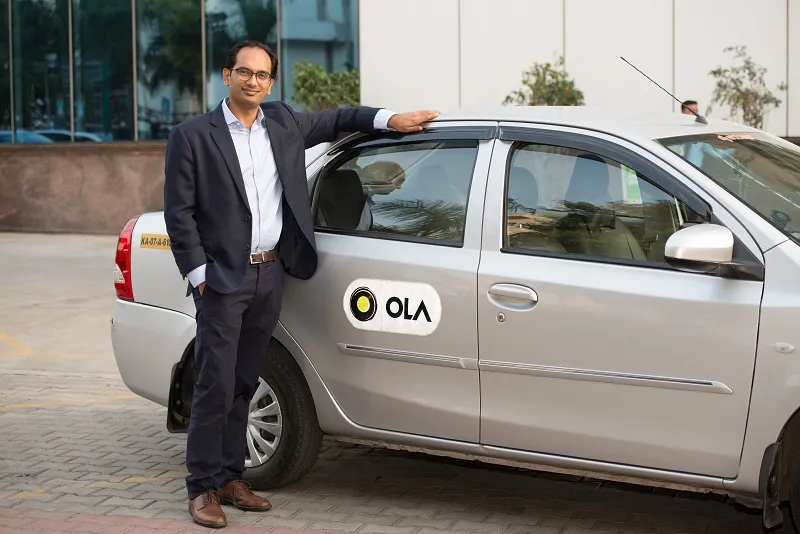
Ankit noted that Ola works with its partners to provide a customised content experience for different cities and aims to make the platform more personalised around a user’s preferences in the next few updates. Talking about the advertising, Ankit noted that they give their content partners the flexibility to engage with their users and monetise in the way they wish. He says,
Some of our content partners might include advertising within their content. Some others may have brand placements, while others may introduce a subscription offer for riders.
a) For riders
Talking about other options to keep riders engaged, Ankit noted that Ola is exploring a ‘Destination Experiences’ feature, which would be context-driven. He says,
If you are going to the airport in an Ola and running late, we can try and sell you a priority pass. On the other hand, if you are early for a flight, we could give you access to a lounge pass. If you are going to a shopping destination, we could help you window shop on the way. Going to a new city, we could help you book a hotel or a local experience.
Ankit informs that some of these features would be live on Ola in the coming months.
b) For driver partners
While most of Ola Play’s features are currently live for riders only, Ankit noted that they are working with their OEM partners (like Qualcomm and Mahindra) to provide a better experience to their driver partners. The goal is to give Ola’s driver partners real-time feedback on how they are driving and also help them save money on fuel. Elaborating on this, Ankit said,
Through integrations, we could give feedback to driver partners if they are pushing too hard on the clutch and wearing it out. We could also help them detect vehicular problems at an early stage, before they cause real problems, and recommend genuine service centres to get them fixed.
Once Ola has data that a driver partner is a better than average driver, they could get partners on the insurance side to provide their drivers better deals. In January 2017, Zoomcar had also announced the launch of Cadabra, an 'Internet of Moving Things' platform, that would also help drivers get feedback on their driving skills. Ankit also noted that driver partners can access Ola Play’s content (available to riders) when they are resting and not engaged in an active cab ride.
While Ola is actively engaging the connected ecosystem within each cab, the company also aims to look at the other, broader definition of connected vehicles, where different Ola cabs on a road or highway could communicate with each other like different computer nodes on the ‘internet superhighway’.
The potential of flying cars and autonomous vehicles
Science fiction movie series like Star Wars and Back To The Future have helped us imagine a world with flying cars. In 1940, Henry Ford had famously predicted: "Mark my word – a combination airplane and motorcar is coming. You may smile, but it will come.”
But now, almost 77 years later, they aren’t a reality just yet. Venture capitalist Peter Thiel had famously noted, “We wanted flying cars, instead we got 140 characters.”
But now, there seems to be some real world progress in terms of flying cars. In 2016, Google co-founder Larry Page invested in two startups, Zee Aero and Kitty Hawk, according to a report from Bloomberg. While not too much is known about them, Zee Aero seems to be working on an all-electric plane that could take off and land vertically — a flying car. A report suggests that Kitty Hawk recently got licenses to test-fly its vehicles equipped with helicopter-like rotor blades.
Uber, on the other hand, recently hired a veteran NASA engineer to serve as Director of Engineering for aviation at Uber Elevate, Uber’s flying car division. According to Bloomberg, Uber envisions people taking conventional cabs from their homes to nearby “vertiports” in their neighborhoods and then using their flying cars to travel to the vertiport closest to their offices.
But fully autonomous vehicles are likely to make it to market faster than flying cars. Elon Musk’s Tesla vehicles have already shown partially autonomous capabilities. Google and almost every major automobile company has an autonomous vehicle division. In his Master Plan, Part 2, Musk had noted that once vehicles achieve fully self-driving capabilities, they can drive people to their offices and serve as part of a ‘shared fleet’, generating income for their owners, while they are busy at work.
Sharing Ola’s views on the topic of autonomous vehicles, Ankit noted that the transportation ecosystem in India is extremely unique and doesn’t work like most markets in the West. He says,
Mobility needs in India change almost every 100 km, and lane discipline here is quite erratic. We need to invest significantly in infrastructure—both physical as well as technology—before we build self-driving cars for India. Autonomous will happen, but there is no time frame for this.
He also states that Ola believes that shared mobility and sustainable mobility initiatives like electric will be important steps in this direction. Through strategic technology investments, Ola aims to continue to build innovative products that are ‘Made for India’ like auto connect Wi-Fi, a local language app for drivers, 2G optimisation, and more recently, Ola Play. Ankit says,
While the autonomous/self-driving car revolution may take a while, these innovations will play a key role in shaping the ecosystem and readying it for the future.





